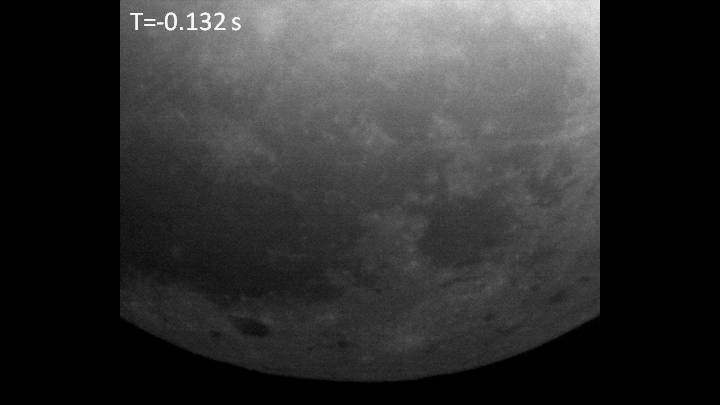As the Solar System drifts through the Milky Way, it occasionally encounters regions of space capable of reshaping Earth’s environment. Millions of years ago, one such passage may have dramatically compressed the heliosphere, allowing particles from deep space to reach our planet’s atmosphere. According to a 2024 study in Nature Astronomy, this event occurred when the Sun and planets entered a cold, dense interstellar cloud—part of the Local Ribbon of Cold Clouds—an encounter supported by geological traces of iron-60 and plutonium-244 in Earth’s crust and on the Moon.
The Heliosphere’s Role As A Shield
The heliosphere is a vast bubble created by the solar wind, a constant stream of charged particles sent out by the Sun. It extends well beyond the orbit of Pluto—about three times farther—and serves as a barrier against the interstellar medium (ISM), the sparse matter between stars. According to NASA, this shield helps protect planets from high-energy cosmic radiation, while Earth’s magnetosphere adds an additional layer of defense, preventing atmospheric erosion and reducing radiation exposure.
At present, our solar system is moving through the Local Bubble, a region roughly 1,000 light-years wide containing far fewer particles than average interstellar space—only about 0.001 per cubic centimeter compared to the typical 0.1. But this has not always been the case.
Passing Through A Cold, Dense Cloud
Researchers mapped the Local Ribbon of Cold Clouds and found evidence that the Sun likely traveled through denser space in the last few million years. The team examined a scenario where the solar system crossed a cold gas cloud with densities exceeding 1,000 particles per cubic centimeter. Such a passage could have drastically compressed the heliosphere, leaving Earth more directly exposed to the ISM.
This exposure may have altered atmospheric chemistry, potentially depleting ozone in the mid-atmosphere and triggering global cooling. Geological records add weight to the hypothesis: isotopes like iron-60 and plutonium-244—produced by supernovas and neutron star mergers—have been discovered in Antarctic snow, deep-ocean sediments, Moon samples, and ice cores from this period. These isotopes could have been trapped in interstellar dust within the dense cloud and deposited on Earth during the encounter.
A Prolonged Climatic Influence
The contraction of the heliosphere may have lasted hundreds of years to as long as a million, potentially influencing climate patterns and even human evolution. The study notes that “the emergence of our species Homo sapiens was shaped by the need to adapt to climate change” and suggests that the shrinkage of the heliosphere exposed Earth more directly to interstellar conditions.
According to Boston University space physicist Merav Opher, “This paper is the first to quantitatively show there was an encounter between the Sun and something outside of the solar system that would have affected Earth’s climate,” adding that once the solar system exited the cloud, the heliosphere once again fully encompassed Earth.


Future Encounters On The Horizon
Scientists estimate the solar system could encounter another dense, heliosphere-contracting cloud within the next million years. This possibility underscores the importance of understanding heliospheric behavior and its interaction with the interstellar medium.
NASA’s Voyager 1, Voyager 2, Interstellar Boundary Explorer, and other heliophysics missions continue to probe the boundaries of our solar shield, refining our knowledge of how such cosmic events shape planetary environments—and perhaps the trajectory of life itself.
Source link

